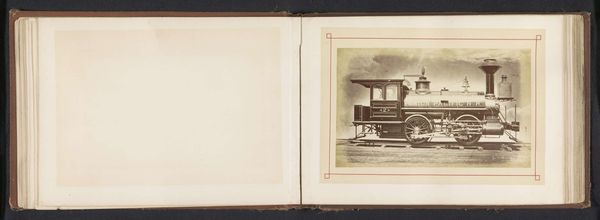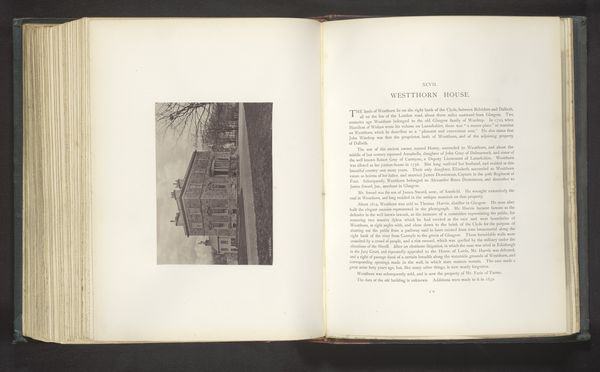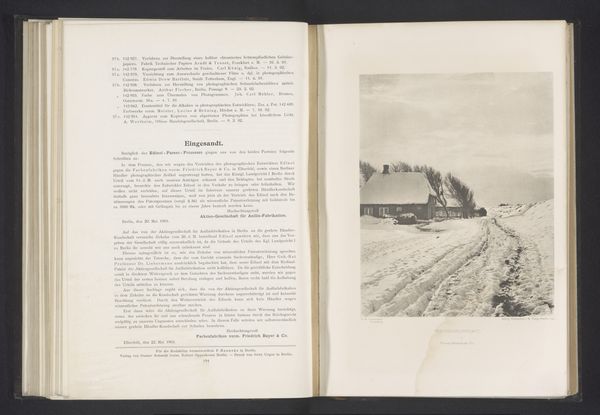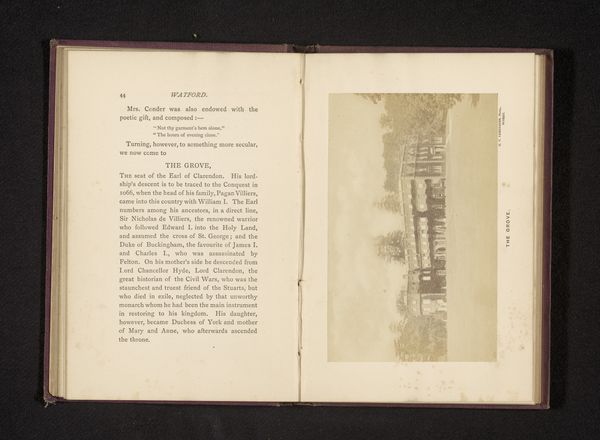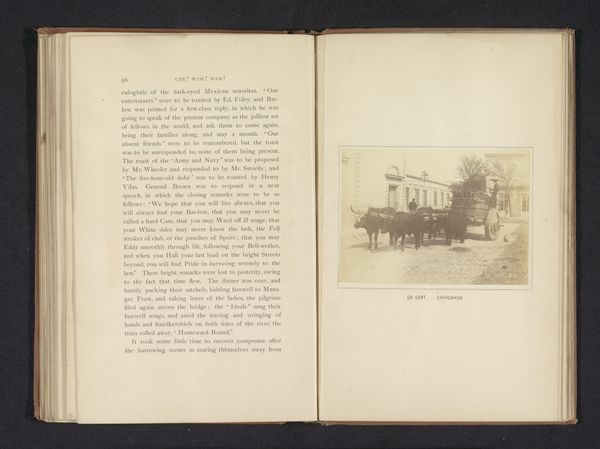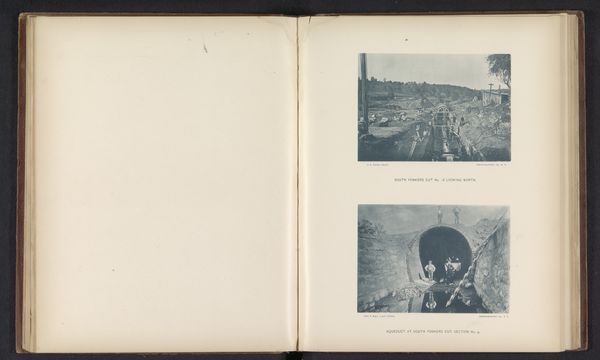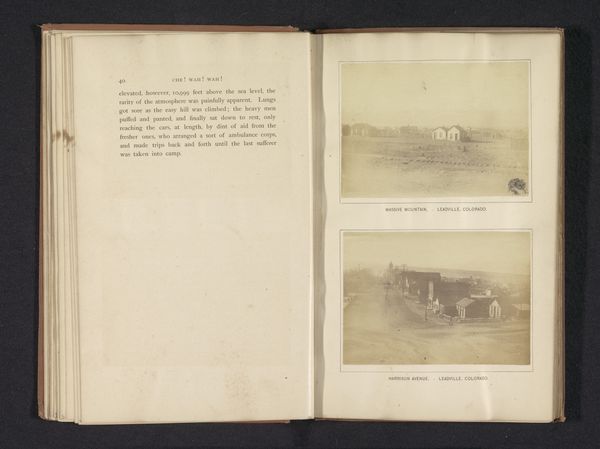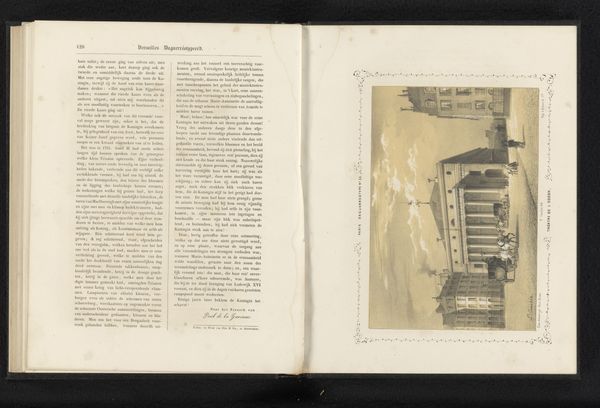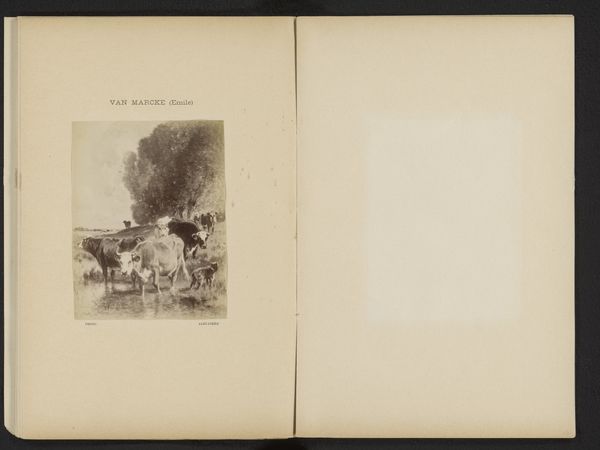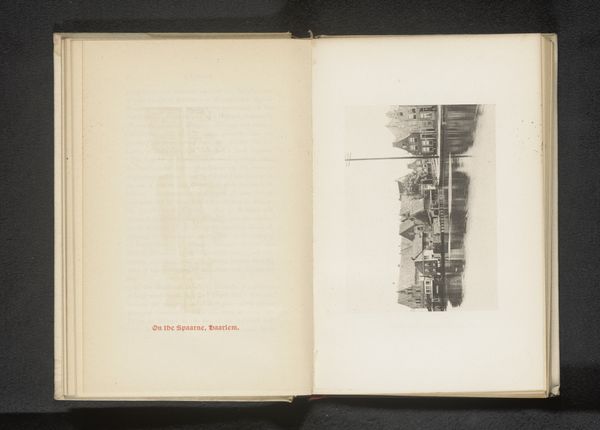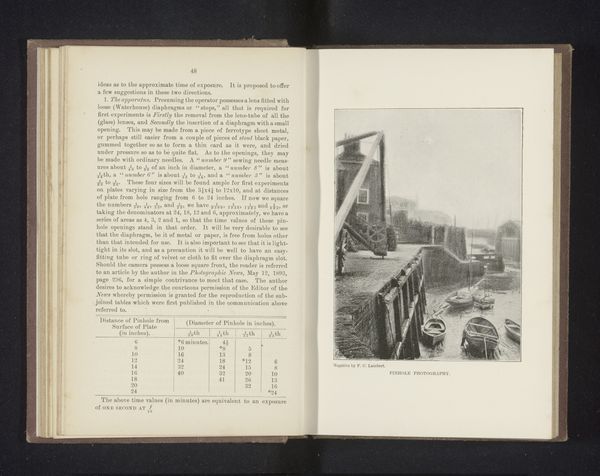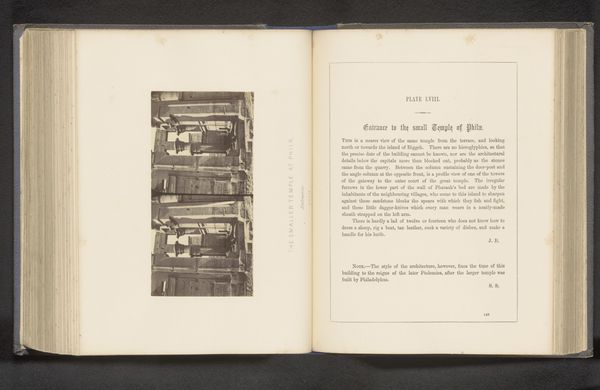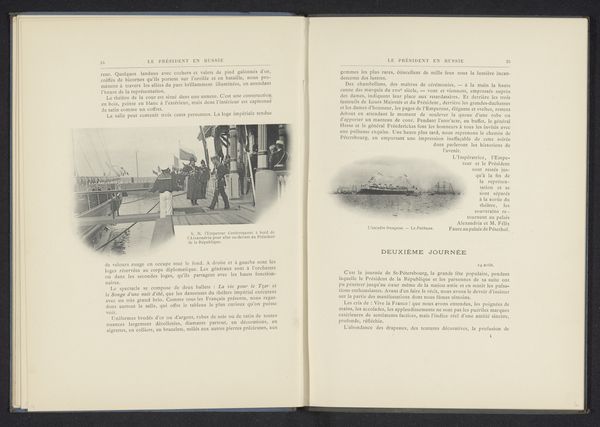
print, photography
#
still-life-photography
# print
#
photography
#
realism
Dimensions: height 388 mm, width 290 mm
Copyright: Rijks Museum: Open Domain
Editor: Here we have a photographic print by Joseph Maes, titled "Stoomauto en een stoomlocomotief met vijf assen," made before 1879. It shows a steam car above a steam locomotive with five axles, starkly displayed against a neutral background. It's a study in early industrial design. What historical context shaped an image like this? Curator: This image reflects the societal fascination with industrial progress and technological innovation during the late 19th century. Photography itself was a rapidly evolving technology, so depicting new marvels like steam engines served both a documentary and a promotional purpose. Consider who might have commissioned or consumed such an image? Editor: I imagine it would be engineers, industrialists, or even governments wanting to showcase their country’s advances at exhibitions. Like the "Livre d'Or" text above, for a presentation in a world's fair, or Exposition Universelle. Curator: Precisely. The "Livre d'Or" or "Golden Book" implies commemorative purposes. This photograph's inclusion in such a publication elevates these machines to symbols of national pride and modernity. The straight-on, almost clinical depiction speaks to a desire for objective representation, aligning with the positivist spirit of the age. How might the artistic style reinforce the message? Editor: I notice that the realism emphasizes the factual nature of the photo. No romanticism, just an honest portrayal of the engines. It makes the tech seem inevitable, and that tracks with this era, but who decided what made it in and who was allowed to participate in these grand Expositions? Curator: Good question! It’s also critical to analyze whose perspectives are privileged and whose are excluded, right? Understanding that gives us the bigger, critical picture. What’s the role of art in reflecting societal change, but also perpetuating it? Editor: Thinking about this print as a tool of nation-building, of creating a sense of progress, is quite different from my initial perception. Curator: Exactly! It's through understanding the social and political undercurrents that we truly unlock the meaning behind seemingly simple images.
Comments
No comments
Be the first to comment and join the conversation on the ultimate creative platform.

